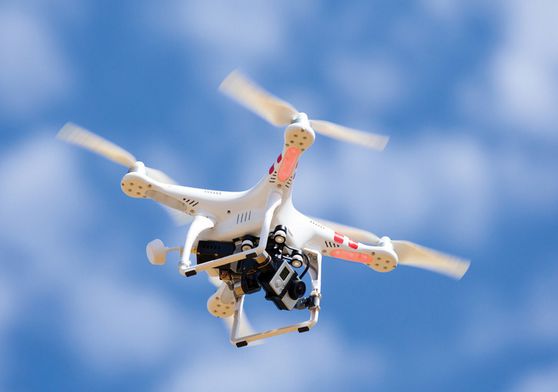Unleashing the full potential of drones equipped with remote control cameras allows enthusiasts and professionals alike to capture breathtaking aerial views that were once only possible in the realms of high-budget productions. These modern marvels are increasingly accessible, paving the way for creativity and innovation in the skies above.
Understanding the Basics
Drones, often referred to as Unmanned Aerial Vehicles (UAVs), come in various shapes, sizes, and functionalities. The inclusion of remote control cameras has significantly enhanced the capability of these devices, enabling users to take control from ground level while capturing high-quality imagery from above.
Features of Drone Cameras
Today’s drones come equipped with a myriad of features that bolster their usability. Key functionalities include adjustable lenses, stabilization technology, and HD video capability. These features ensure that your drone with remote control camera delivers crisp, clear images and videos under various conditions.
Adjustable Lenses

Adjustable lenses are pivotal for capturing diverse angles and perspectives. This flexibility allows photographers to frame their shots with precision and creativity.
Stabilization Technology
Stabilization technology counters the natural shaking and vibration experienced during flight. By stabilizing the camera, drones ensure smooth and professional-grade footage.
HD Video Capability
High-definition video capability is a standard in most drones, enabling users to produce cinematic quality videos that are ready for editing and sharing.
Applications and Uses
The applications for drones are vast, ranging from hobbyist exploration to professional cinematography.
- Real Estate: Drones provide agents with the ability to showcase properties through aerial shots, offering potential buyers a unique perspective.
- Photography: Cinematographers and photographers use drones to capture scenes that enhance narratives with dramatic aerial shots.
- Agriculture: Farmers use drones for monitoring crop health and overseeing land development.
- Conservation: Environmentalists employ drones to track wildlife and document ecological changes from above.
Choosing the Right Drone with Remote Control Camera
Factors to consider when selecting the optimal drone include camera quality, flight time, range, and ease of use. Prioritizing these elements ensures that your drone meets your specific needs.
Camera Quality
Ensure the drone features a top-tier camera to capture detailed imagery. The better the camera, the more vivid your aerial shots will be.
Flight Time
Flight time determines the duration your drone can stay airborne. Longer battery life translates to extended shooting sessions without frequent interruptions.
Range
The range of a drone defines how far it can travel from the control point. A longer range allows expansive exploration and photographing.
Ease of Use
Choose drapes that offer user-friendly controls and intuitive interfaces. Complex setups can hinder the experience, especially for beginners.
Advanced Techniques for Stunning Shots
Optimizing your aerial footage requires practice and technique.
- Master the panning technique for smooth horizontal translations.
- Experiment with altitude to find perfect lighting and shadow interplay.
- Incorporate tracking shots to add dynamic movement to your footage.
FAQs
Do I need a license to fly a drone?
Regulations vary by location, but generally, recreational drone pilots don’t need a license, though commercial operators often do.
How can I maintain my drone?
Regular maintenance includes checking the propellers, battery health, and ensuring the camera is clean and properly calibrated.
What are the legal restrictions on drone usage?
Operators must adhere to local laws regarding airspace, privacy, and safety to avoid legal issues.